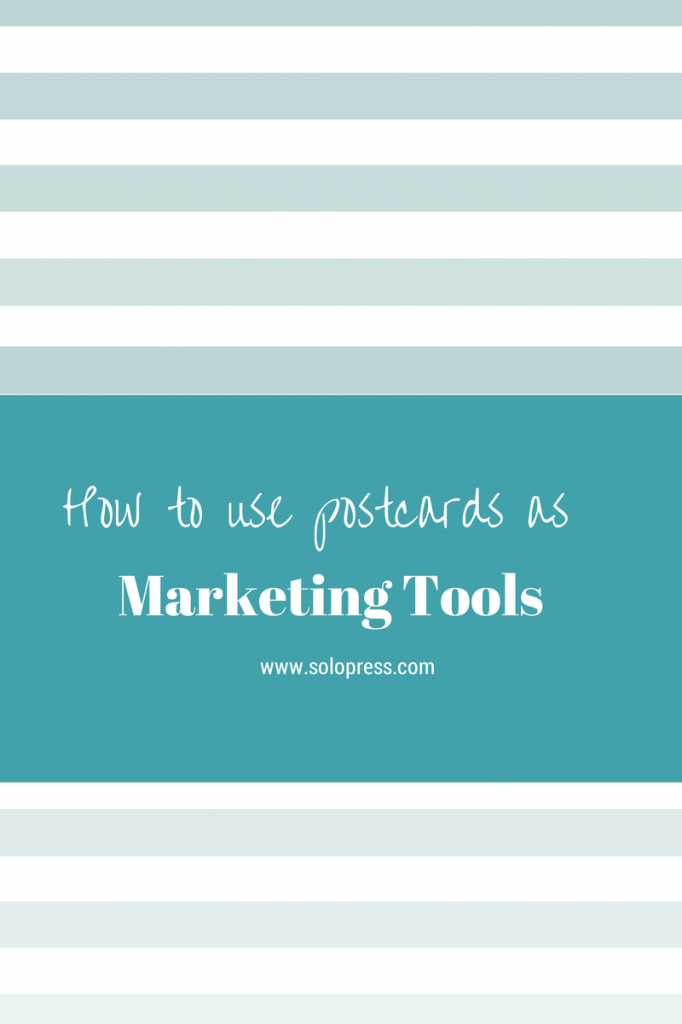For most people a postcard is something that you send when on holiday, however many businesses are realising the value of postcards as a marketing tool.
With tightening budgets and limited resources, businesses are increasingly seeking a high-impact, yet low cost method to target potential customers. Whilst direct mail has long been recognised as a method to get a message across, it has traditionally used letters/envelopes. However, postcard campaigns capitalise on the saying ‘a picture speaks a thousand words’ and are therefore a highly visual way to get your message across to consumers. In addition, as long as the postcard has been designed well – it makes an impact the second it is picked up by the recipient: they don’t need to open an envelope or read paragraphs of well-meaning copy.
Broadly speaking there tends to be two different approaches to a postcard campaign, and the most appropriate obviously depends on your objectives and your audience.
A popular approach is a teaser campaign whereby the key objective is not to reveal details about your products or services, but to leave the reader questioning who sent the postcard, and what the message was. The postcard may include an abstract image, pieces of a jigsaw or even a photograph relating to the product or service with a caption, but no further details. This is then usually followed up by an another postcard with additional information, or the postcard may simply list the business website for readers to actively seek out further information .
Alternatively, businesses may chose a more informative approach by explaining their product or revealing certain details. However, the most effective campaigns should stimulate the customer to action and this generally works by leaving some element of mystery within the postcard, making them want to find out further details.
There are a few considerations to create tip-top postcards:
- Keep it short but sweet. The idea behind the postcard is to build up customer interest and to generate leads which means keeping the message as simple as possible. Don’t try to explain all the details, but instead provide teaser information to leave the reader wanting to know more. If applicable, make sure that relevant contact information – whether this be the business name, address or website – is available so that they can find out more.
- It’s all about visual impact. Postcard campaigns rely on the visual impact that they provide to their readers, so consider images and headlines carefully. If it is a really beautiful image it will have a longer shelf life and be more of a talking point.
- Carefully consider the mailing lists – are you targeting everyone in a specific area, or households with certain characteristics? It can be easy to get carried away, but monitoring who the postcard is sent to will also help you work within a specific budget.
- Finally, do not waste your efforts by printing on thin, flimsy or cheap looking card – 400gsm is ideal.







I used to love picking up free postcards at the cinema. Some were really cool designs and would make me look at the websites.
Comments are closed.